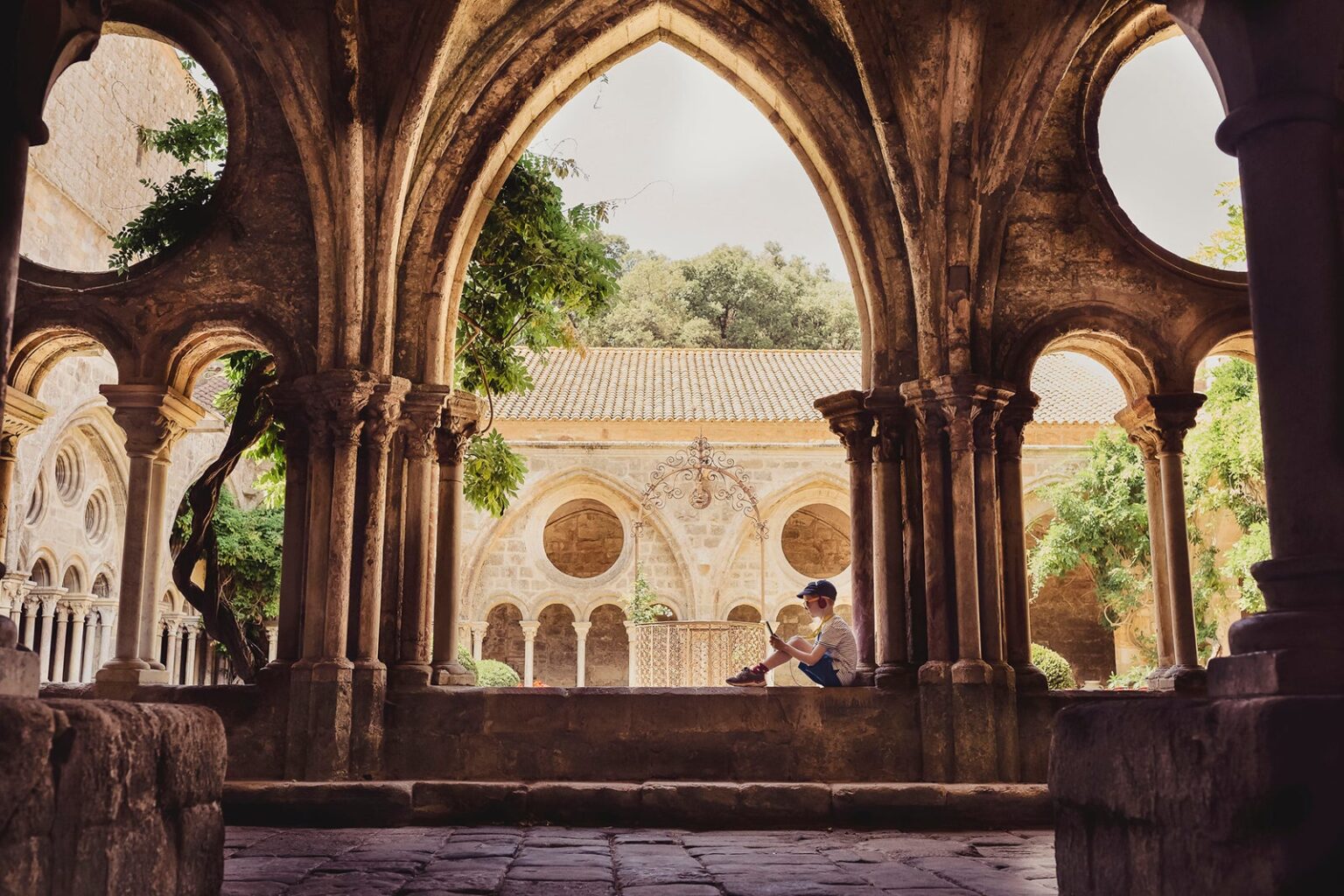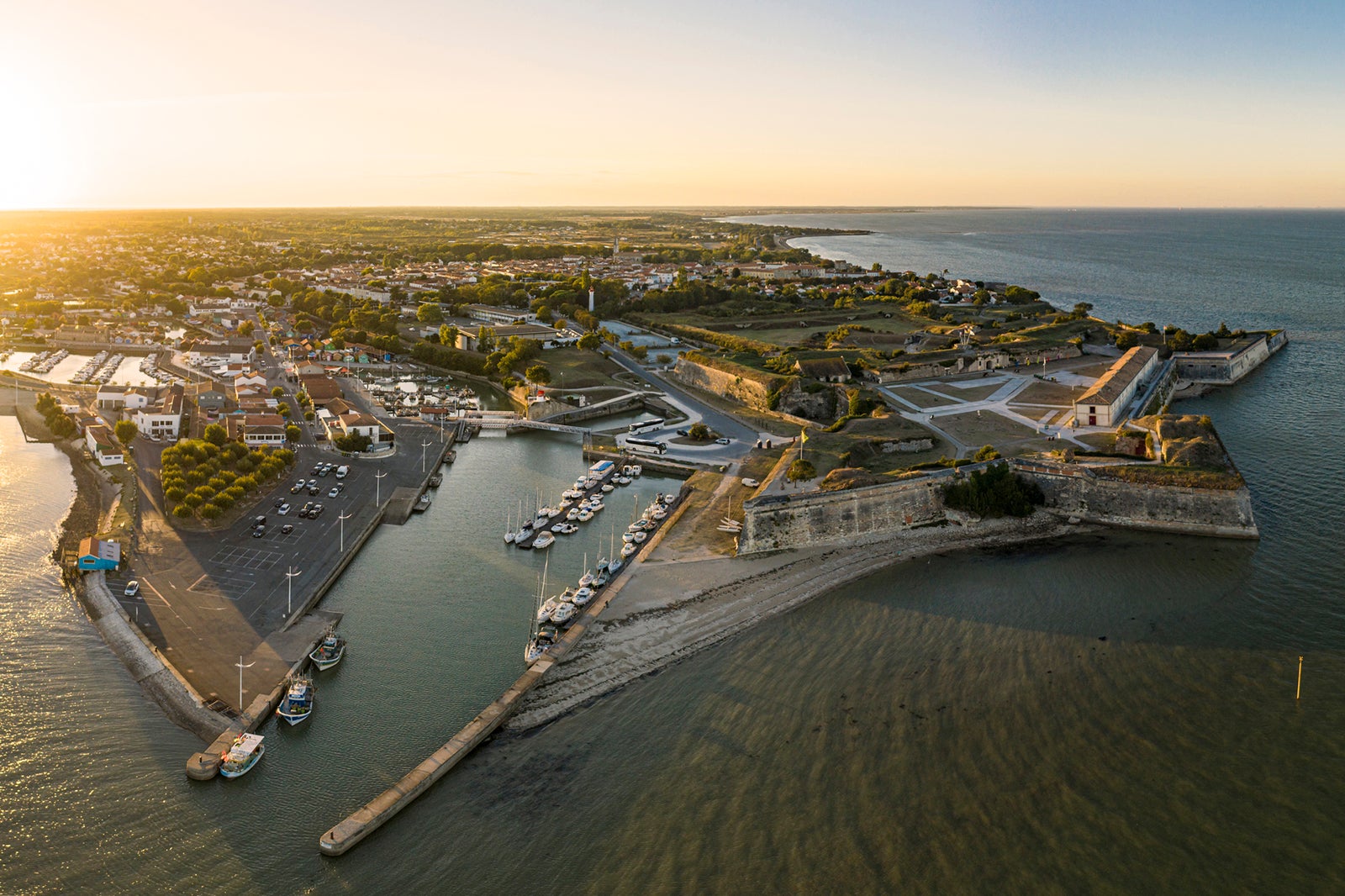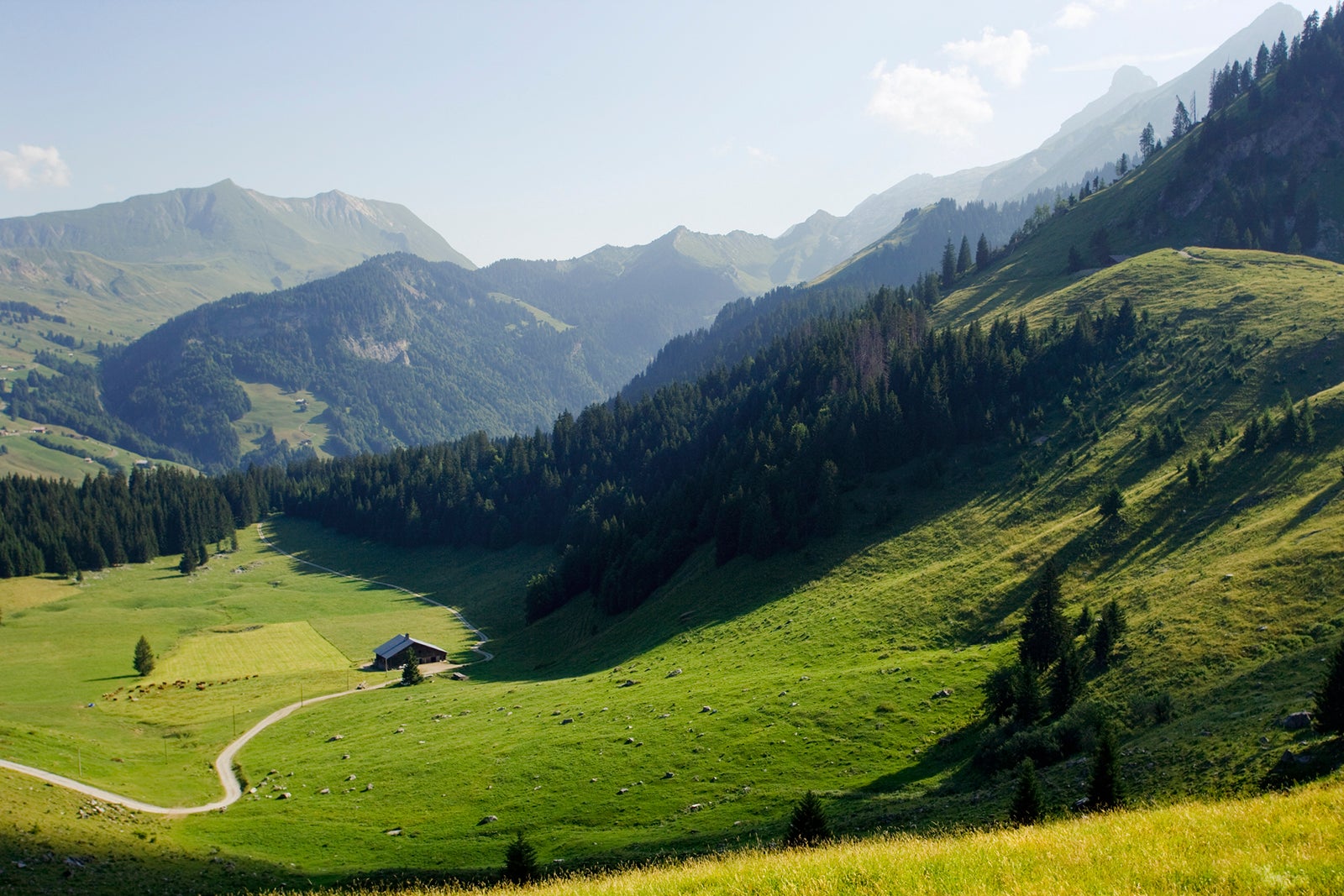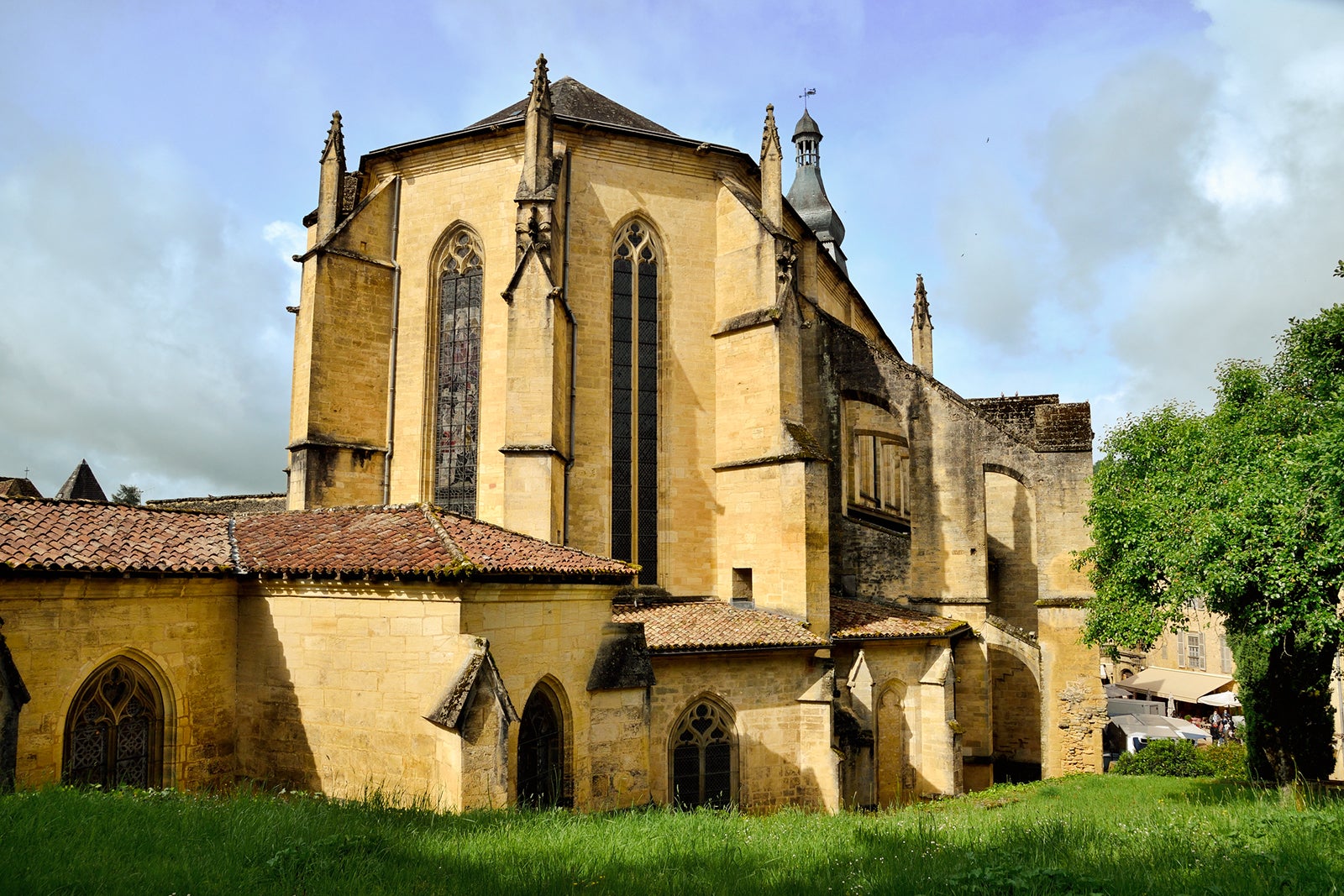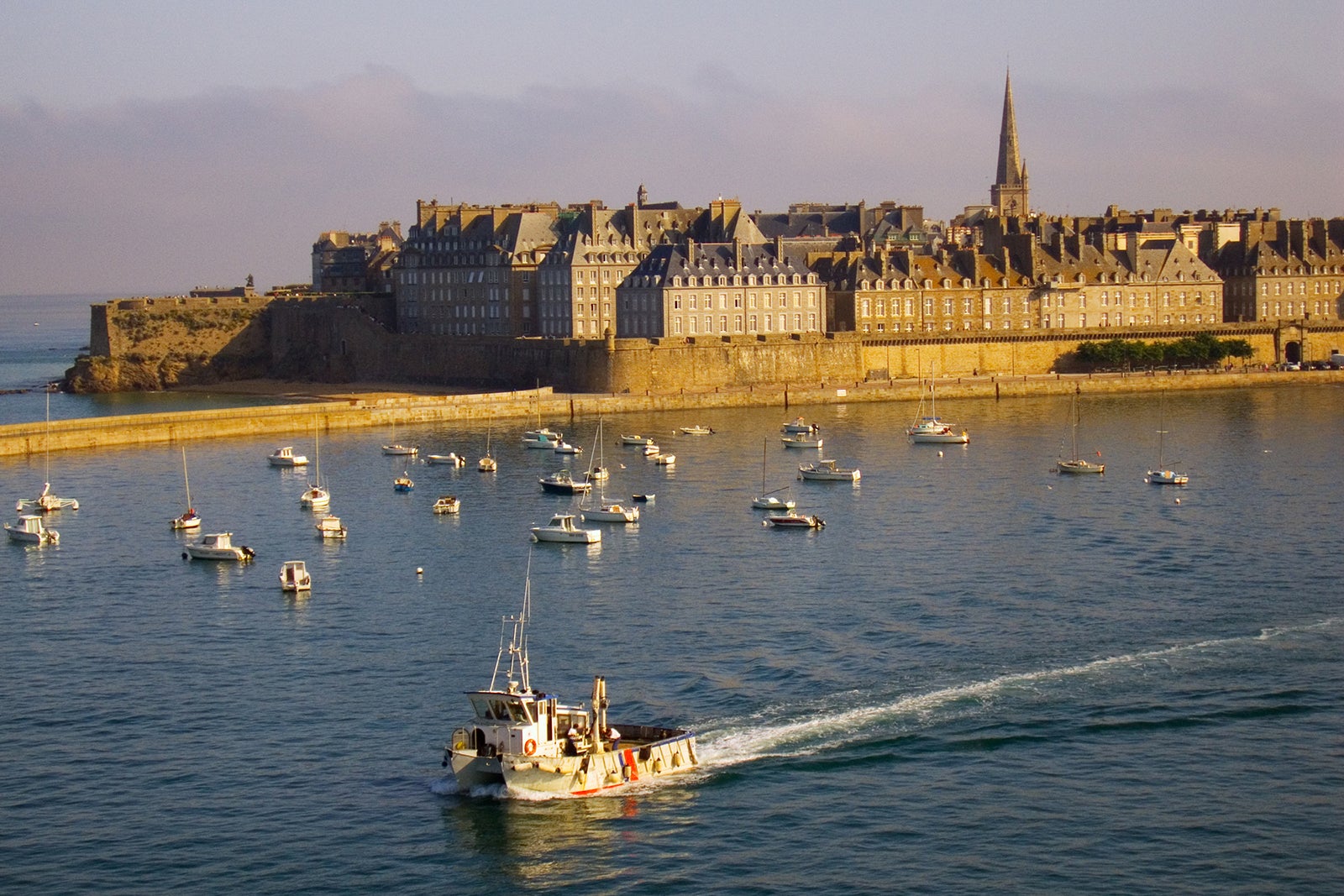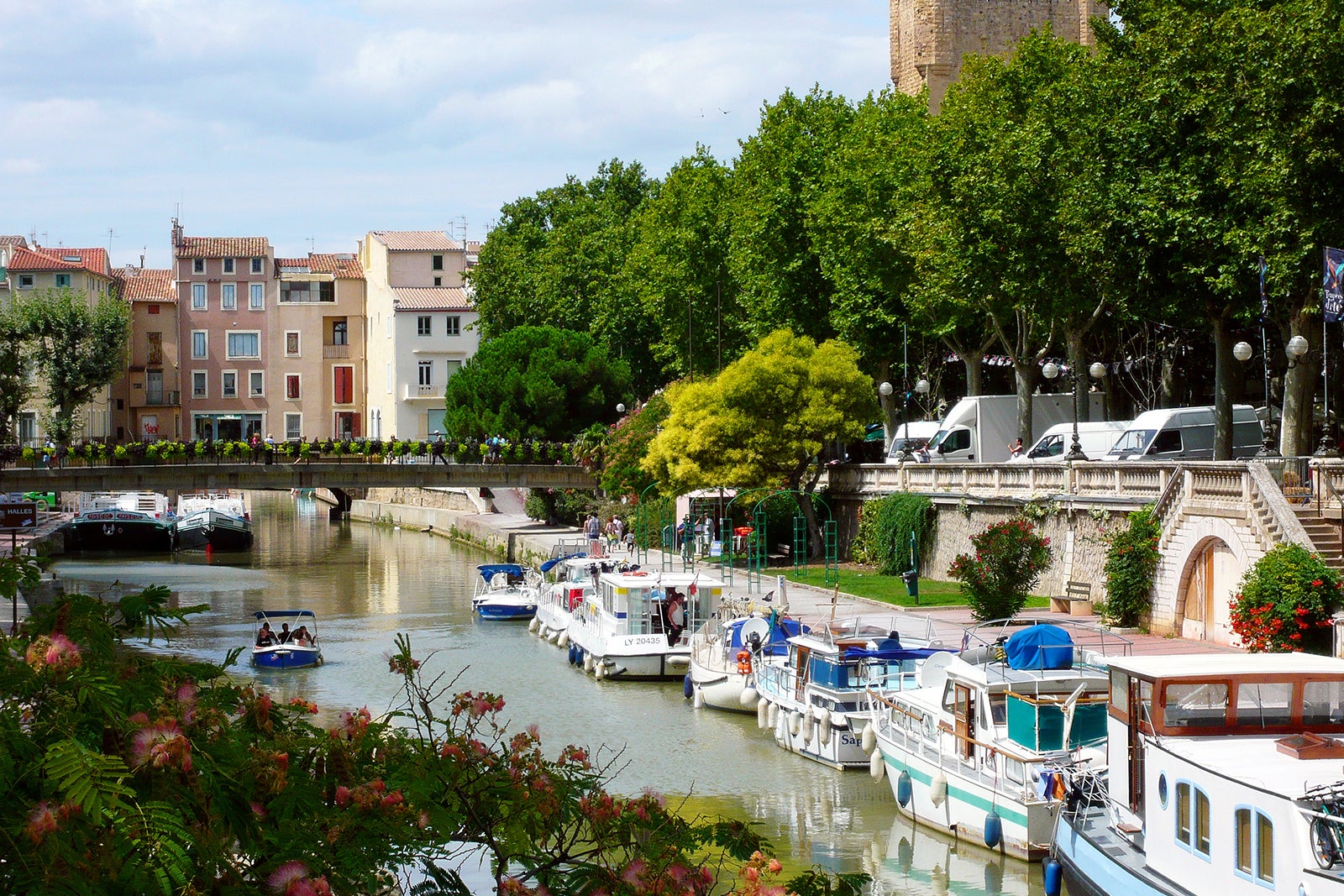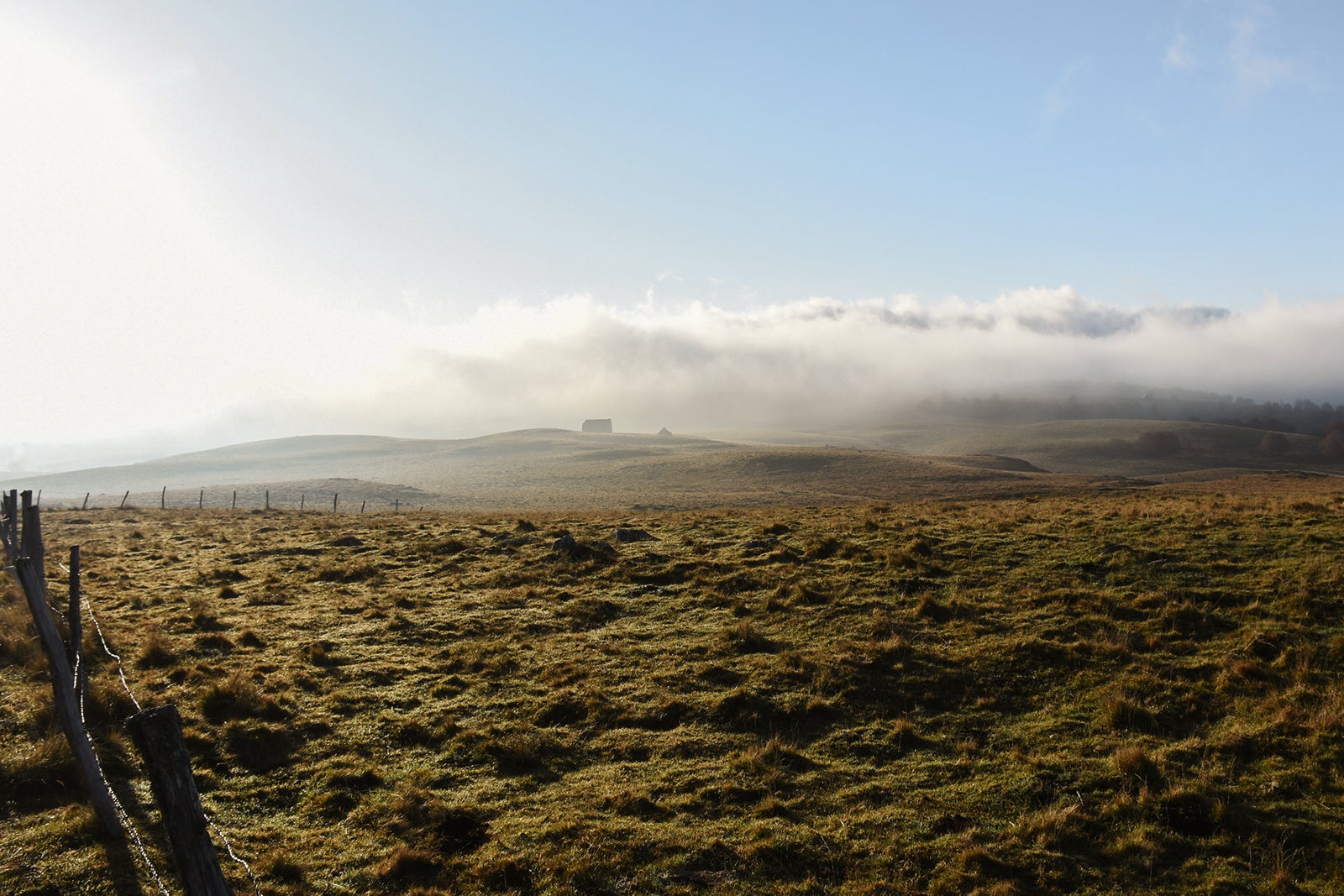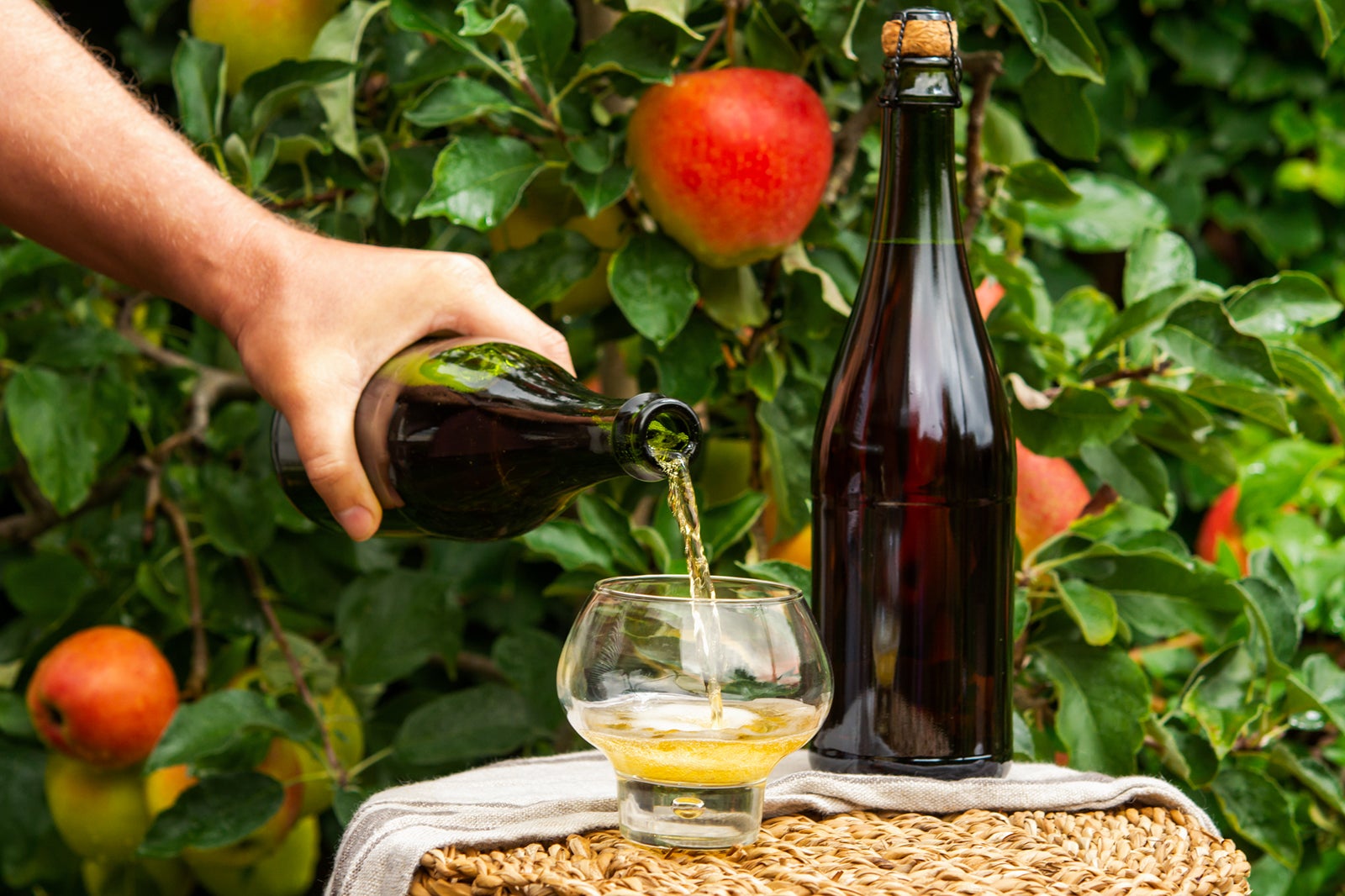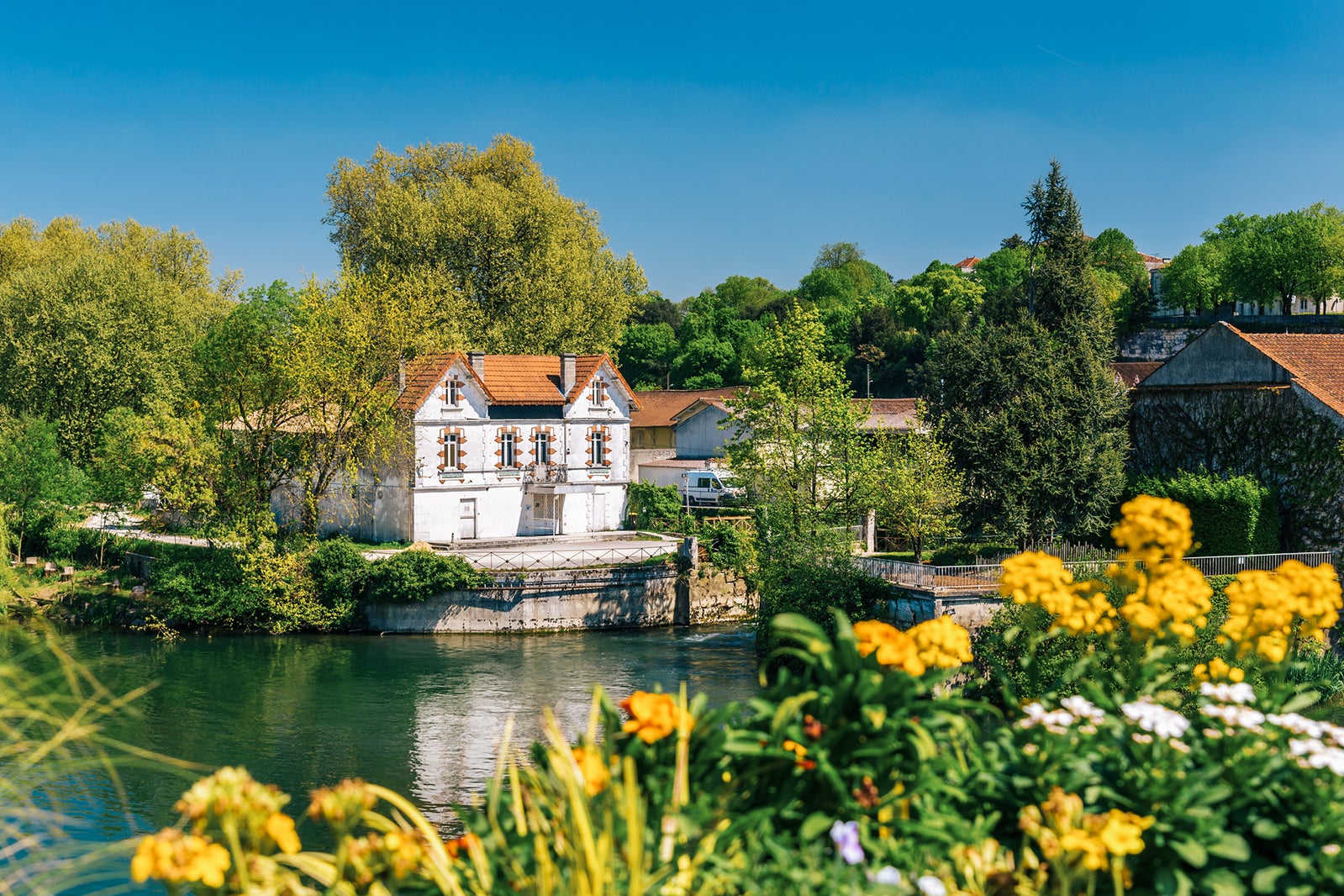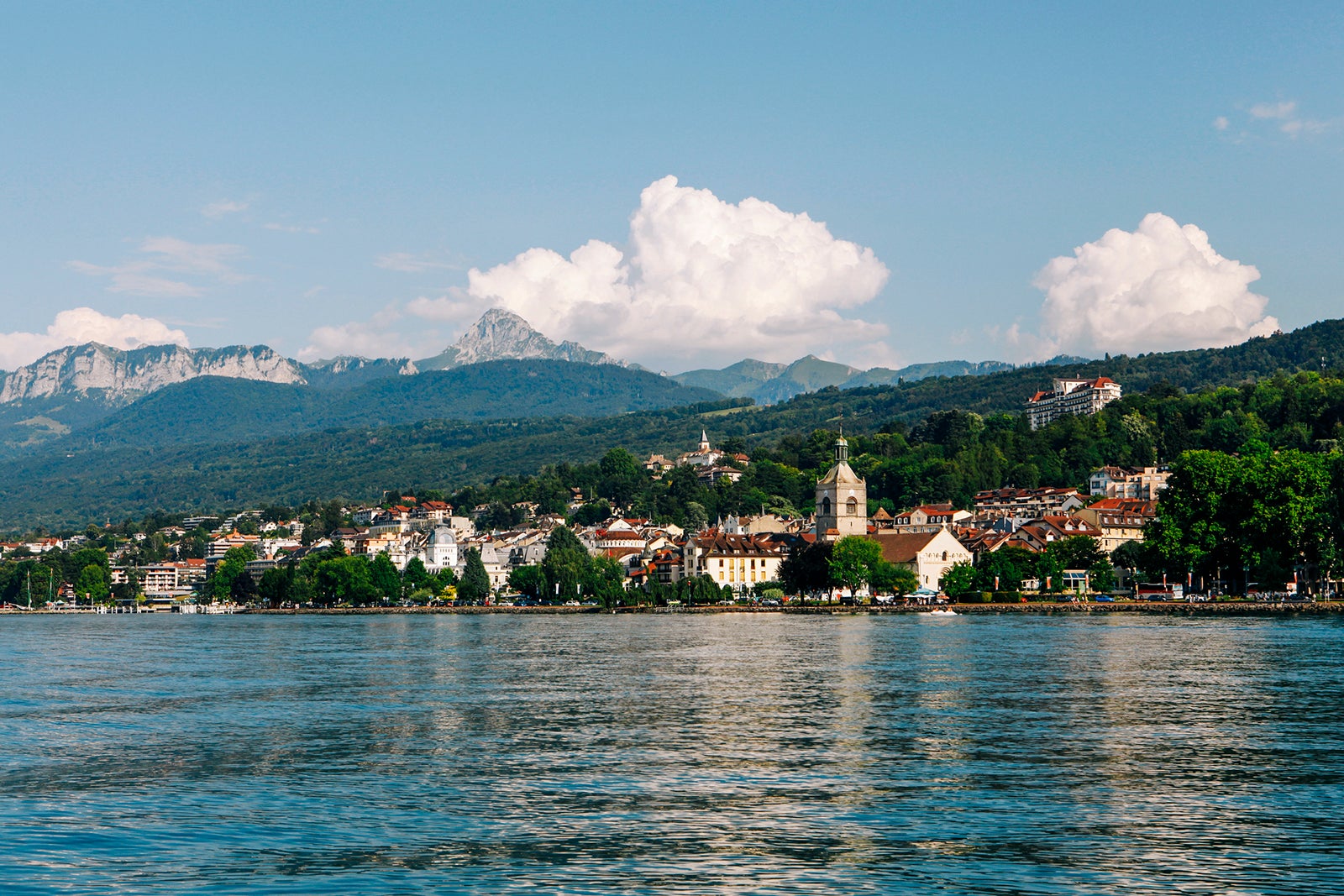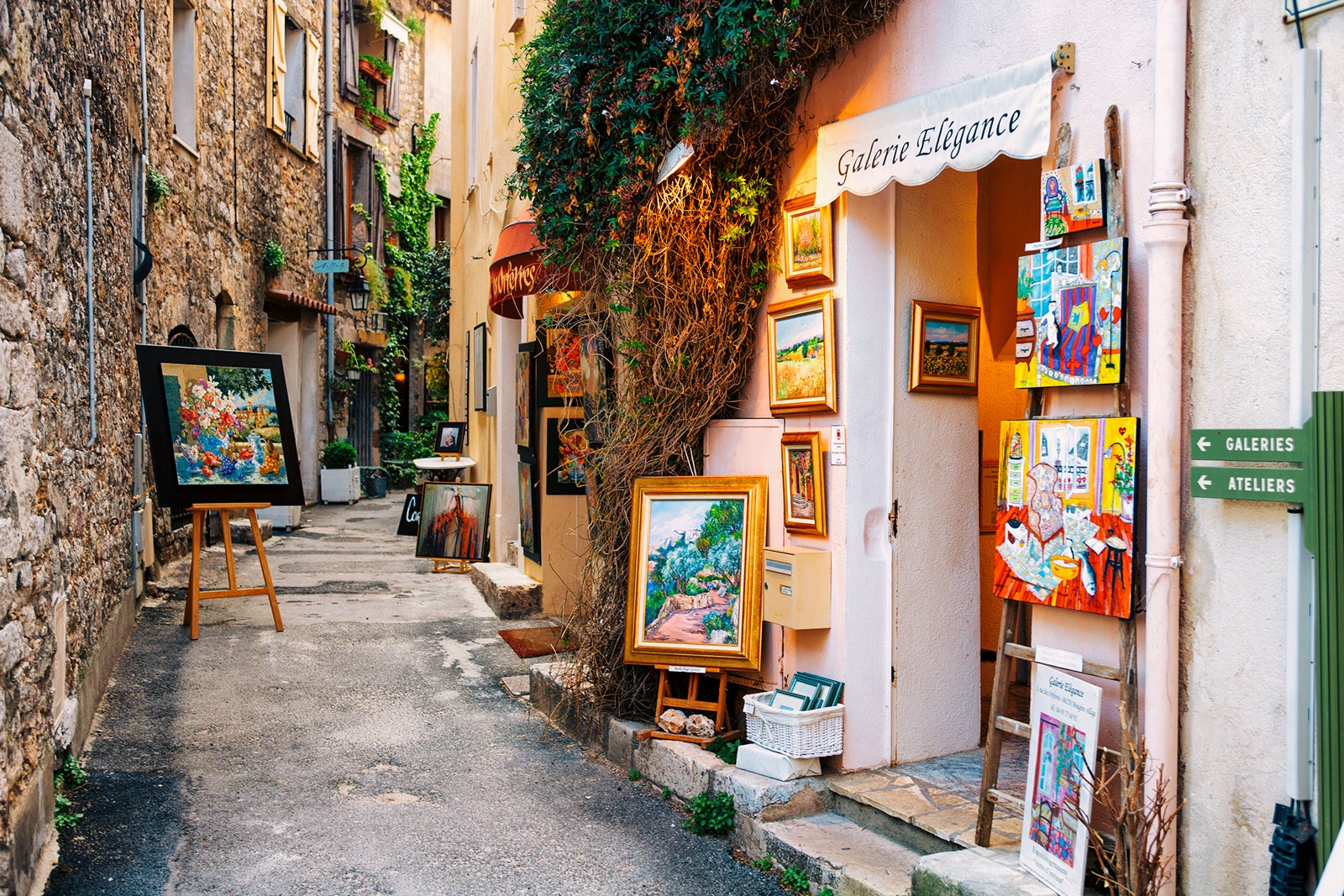With the Summer Olympics fast approaching, Paris is about to get very packed. But any good Francophile knows that the “Hexagone,” as France is called because of its shape, is so much more than its capital.
Mediterranean beaches, Pyrenees hiking trails, Alpine skiing and rugged Atlantic coast … there’s pretty much no box that a trip to France can’t tick.
It’s no wonder France is one of the most popular destinations in the world. With 96 departments (similar to states) on the mainland and five overseas, there’s plenty to discover.
Still, travelers tend to stick to predictable places, including Paris, Provence and Cote d’Azur. But what a pity, considering all the varied regions — not to mention foods — that visitors can experience.
Next time you find yourself with some free time in France and a desire to get out of Paris for some peace and quiet, go beyond the famous cities and typical tourist traps to check out some of the below spots instead.
Ile d’Oleron
Why visit: Visitors who make a beeline to the touristy Ile de Re miss out on its charming neighbor, Ile d’Oleron, which is about twice as large and similarly crisscrossed with cycling paths and dotted with no-frills seafood shacks and oyster farms. It’s also fringed with golden beaches lined with towering pines with far more space for everyone to spread out and enjoy.
What to eat: Oysters, oysters and more oysters. The Marennes-Oleron oysters grown out at sea finish their maturation in the island’s basins and have a delicate, iodized taste that’s celebrated among the finest in all of France. They’re best slurped at rustic oyster huts perched around the island, usually set right along the water, called cabanes (Le Cabane de Batifou and Chez Mamelou are among the local favorites to seek out).
Where to stay: Few chain hotels exist on the island, with the exception of the beachfront Novotel Thalassa Oleron Saint-Trojan (an Accor property) on Ile de Oleron’s southeast side, where rates start at $179 per night. Hotel Ile de Lumiere is another good and affordable bet behind the dunes, near the fishing port in La Cotiniere, offering direct beach access. Rates there start at $142 per night.
How to get there: Fly into Bordeaux-Merignac Airport (BOD) and drive roughly 2 1/2 hours northwest, or fly into Paris-Charles de Gaulle Airport (CDG) and drive roughly six hours southwest. Alternatively, the train from the Gare Montparnasse in Paris takes roughly five hours to reach St-Pierre-d’Oleron.

Daily Newsletter
Reward your inbox with the TPG Daily newsletter
Join over 700,000 readers for breaking news, in-depth guides and exclusive deals from TPG’s experts
La Clusaz
Why visit: With pristine Alpine lakes for swimming and rustic refuges to sleep in along miles of hiking trails in the Aravis mountains, this hideaway village in Haute-Savoie is popular with anyone who loves the great outdoors come summer. But with 85 ski runs serviced by 49 lifts and one of the biggest vertical drops (more than 4,900 feet) of all French ski resorts, La Clusaz really shines under a blanket of snow during the winter months. Come for three toboggan runs, sledding and a ski area with varied terrain that’s ideal for intermediate skiers, in part because it lacks hordes of people like more famous resort areas in the French Alps.
What to eat: During your visit, sip the traditional herbal liqueur called genepi. It’s made from local flowers of the artemisia plant. Also fortify yourself for more outdoor fun the following day by enjoying hearty helpings of Savoyard fondue made with local Haute-Savoie cheese, raclette (slabs of cheese you grill) and the heavy potato dish called tartiflette at warm and inviting spots like La Grolle.
Where to stay: Right on the slopes with an on-site sauna and sleds for the taking, the rustic wood-paneled inn called La Ferme is as cozy as it gets. Rates start at a reasonable $132 per night.
How to get there: Drive two hours east from Lyon-Saint Exupery Airport (LYS) or just over an hour south from Geneva Airport (GVA) in Switzerland to reach La Clusaz. The trip takes roughly three hours by train from Lyon’s Part-Dieu train station (there is no direct train connection from Geneva).
Sarlat-la-Caneda
Why visit: Far less trammeled and much more laid-back than wine regions in the Loire Valley and Bordeaux, southwest France’s Dordogne dishes up postcard-worthy medieval villages and serious gastronomy at every bend in the rue. Make your home base the spectacularly intact medieval town of Sarlat-la-Caneda (Sarlat, to locals), and spend Wednesdays and Saturdays shopping for local mushrooms, Perigord fruits and nuts (and much more) at the excellent open-air market the city is famous for. The Dordogne river, one of the cleanest in France, is nearby when you fancy a swim or some kayaking.
What to eat: Everything. No, seriously. The regional cuisine is legendary for things like foie gras, chestnuts, wild mushrooms, truffles, strawberries, duck and goose dishes, and so much more.
Where to stay: There are no points hotels in Sarlat, but there are plenty of charming inns and bed-and-breakfasts. Try Plaza Madeleine Hotel & Spa, right at the entrance to Sarlat’s medieval city. Rates start at $172 per night.
How to get there: Drive 5 1/2 hours (approximately 350 miles) south of CDG to reach Sarlat-la-Caneda. Alternatively, the town is less than 2 1/2 hours (130 miles) east of Bordeaux by car or two hours and 45 minutes by train from Bordeaux.
St-Malo
Why visit: Bust out your blue-and-white Breton stripes to visit this gorgeous walled port city in Brittany. Enormous tides in and around St-Malo, on the English Channel coast in northwest France, retreat to reveal sprawling beaches and make it easy to walk to the 17th-century Fort National at low tide. A visit to the Grand Aquarium is a must if you’re traveling with kids. It’s home to some 10,000 animals, including sharks and rays.
What to eat: Brittany is the place to sip cider and eat crepes, the region’s signature dish, and St-Malo’s Creperie Le Tournesol turns out some amazing ones (as well as galettes, which are similar to crepes but made with buckwheat flour). The region is also known for fresh seafood like oysters and bouchot mussels, plus the delicious salt-meadow lamb raised here.
Where to stay: Two Accor properties in town include Mercure St Malo Front de Mer Hotel (where rates start at $200 per night) and the Mercure Saint Malo Balmoral (where rates start at $204 per night). The former is close to Sillon Beach, while the latter is within walking distance of the main railway station.
How to get there: Trains from Paris’ Montparnasse station take less than three hours to reach St-Malo. Driving is another easy way to get here from Paris, which is roughly four hours (255 miles) east.
Narbonne
Why visit: For a less pretentious (not to mention less expensive) South of France experience than you’ll find on Cote d’Azur, head roughly 250 miles west of Nice along the Mediterranean to reach the region of Occitanie and the pleasant and scenic surrounds of Narbonne. In this city that dates to 118 B.C., you can marvel at antiquities unearthed here that are on display in the Narbo Via museum and stroll along the Canal du Midi or through Les Halles, one of France’s best (and that’s saying a lot) covered markets. When you’re ready to hit the beach, Narbonne’s own beach and nearby Gruissan beckon with wide stretches of golden sand.
What to eat: It’s all about the fruits de mer (seafood) at La Cambuse du Saunier, a rustic little waterfront restaurant set along the salt lagoons in the Salin de Gruissan (where you can hit the on-site boutique for sachets of salt to bring home). Platters of whelks, razor clams, oysters and shrimp comprise heaping seafood towers you can nibble on throughout the course of a sunny afternoon.
Where to stay: Stay among the vines in the hills just outside Narbonne’s center at Chateau L’Hospitalet, a gorgeous wine resort and spa where you can jog along dirt trails for sea views. Rates start at $300 per night. Among the many Accor hotels in Narbonne itself are several budget Ibis properties and the Novotel Narbonne Sud, right near the Narbo Via museum. Rates at the latter start at $132 per night.
How to get there: Trains run regularly from Paris’ Gare de Lyon station, with the shortest connection taking just over 4 1/2 hours (driving takes closer to eight hours). Trains from Toulouse take just over an hour.
Laguiole
Why visit: Deep in the heart of southern France, the department of Aveyron is so remote as to be mostly off the radars of even some French people — yet it is full of castles and cathedrals, rolling countryside and charming medieval towns. Make the pilgrimage to Laguiole, on the beautiful Aubrac plateau, to see where the village’s famous eponymous knives (with the bee logo on their spines) are made at local factories. You can also hike trails along a nearby stretch of the famous Camino de Santiago de Compostela and, come winter, ski and snowshoe at the rustic Station de Ski de Laguiole.
What to eat: Juicy cuts of the special French breed of Aubrac cattle, raised in the open air surrounded by the flowering fields of the plateau, are often the menu specialty. Le Suquet, one of the town’s most exceptional restaurants, is helmed by native son Sébastien Bras.
Where to stay: Surprising considering how secluded Laguiole is, there’s the Best Western Le Relais de Laguiole Hotel & Spa, with an indoor heated pool and an on-site playground. Rates start at $132 per night. For something more romantic, opt for one of the 13 suites overlooking the Aubrac plateau at Le Suquet’s hotel.
How to get there: Since there’s no train station in Laguiole, it’s best to arrive by car. It takes roughly six hours to drive here from Paris.
Cambremer
Why visit: Roughly an hour east of the D-Day beaches in Normandy, the cute little town of Cambremer is the place to base yourself for exploring the pastoral countryside along the 25-mile Route du Cidre. The tourist trail runs through a landscape of wood-timbered estates and apple orchards and winds past scenic Pays d’Auge towns like Beuvron-en-Auge, which is home to a cider festival every October.
What to eat: In addition to sipping Pays d’Auge Cambremer cider, don’t miss the local Calvados liquor (apple and pear brandy) and the region’s fabulous Belle-Mere and Pont-l’Eveque cheeses.
Where to stay: Small inns abound along the Route du Cidre, like Domaine les Marroniers, which has a three-room gite (or farmhouse) that you can rent and a facade that dates to the 16th century.
How to get there: The train from Paris’ Gare St-Lazare takes less than 2 1/2 hours. It takes roughly the same amount of time to drive, and you’ll probably want a car to explore the area.
Cognac
Why visit: Almost everyone has heard of cognac the spirit, but the town of Cognac itself, surrounded by vines along the rambling Charente river to the north of Bordeaux, is largely overlooked. Come to sample the town’s eponymous alcohol at legendary houses like Hennessy and surprises like pink pepper gin from artisan distiller Audemus Spirits. Jubilant summertime festivals, including Cognac Blues Passions and the Fete du Cognac, take over the town and its lively riverfront. The latter celebrates not only the region’s iconic eau de vie but also Charente’s famed pineau wine and terroir specialties like cagouilles (local snails), too. Bon appetit!
Where to eat: Start with a cognac cocktail for an aperitif at the elegant white stone house occupied by La Maison, then enjoy moderately priced prix-fixe lunch and dinner menus that blend Asian, South American and Mediterranean inspirations.
Where to stay: Rest your head within a restored 19th-century cognac cellar at the high-end boutique property Hotel Chais Monnet & Spa, right in the center of town. Make a dinner reservation at the on-site Michelin-starred restaurant, Les Foudres, then end your night at the buzzy rooftop bar. Rates start at $260 per night.
How to get there: The high-speed train (TGV) from Paris’ Montparnasse to Angouleme takes just under two hours. Then, transfer to a local train to Cognac for the last 30-minute leg. Alternatively, it takes roughly five hours to drive here from Paris.
Evian-les-Bains
Why visit: Best known for its healing springs and eponymous bottled mineral water, the beautiful art nouveau town of Evian-les-Bains on Lac Leman (aka Lake Geneva) beckons with built-in wellness, gorgeous nature and a belle epoque casino for those who like to play. Visit thermal spas bubbling with natural mineral water, hike in the surrounding mountains, bike the lakefront and don’t forget to fill your bottle with water straight from the source at the Cachat spring.
Where to eat: The summer months bring pop-up stalls selling crepes, cocktails and ice cream to the lakefront. For something fancier, book a table overlooking Lake Geneva at Hotel Royal’s La Veranda restaurant for elegant seasonal dishes like chilled pea soup with mint, asparagus from the Rhone Valley and seabream tartare.
Where to stay: Part of the Evian Resort, Hotel Ermitage is an excellent family pick, as it has a kids club for all ages and babysitters on request. There are also tennis courts, pools, a golf club and a divine spa. Rates start at $225 per night.
How to get there: The fastest train from Paris leaves from the Gare de Lyon and takes about 4 1/2 hours to reach Evian-les-Bains (the drive is a little more than 5 1/2 hours). You can also fly into Geneva and drive one hour east.
Mougins
Why visit: Take a break from the busy coastal crowds in Cannes for a foray into this medieval hilltop village, just a short drive inland and up into the hills. Straddling a rocky outcropping between the mountains and the sparkling Mediterranean, Mougins is where Picasso spent the last years of his life. And while you can’t tour his home, it is possible to visit sites like Hotel Vaste Horizon, where the artist stayed in 1936 when he first discovered the village. More than 30 galleries dot the narrow stone streets today, and artists come from far and wide to settle in and feel inspired. As you’d imagine, the light is painterly.
Where to eat: Legendary chef Roger Vergé was the original chef at L’Amandier, which remains a local institution thanks to transporting views overlooking the surrounding countryside and superb risottos and locally caught fish.
Where to stay: Sip a local rosé on a terrace overlooking the hillsides of Grasse and step out to restaurants in the heart of the village when you stay at boutique newcomer La Reserve, with villas, three-bedroom suites and traditional hotel rooms on offer. Rates start at $315 per night.
How to get there: Fast trains from Paris’ Gare de Lyon to Cannes take about six hours. You can drive to Mougins from Cannes or Grasse in about 25 minutes.
